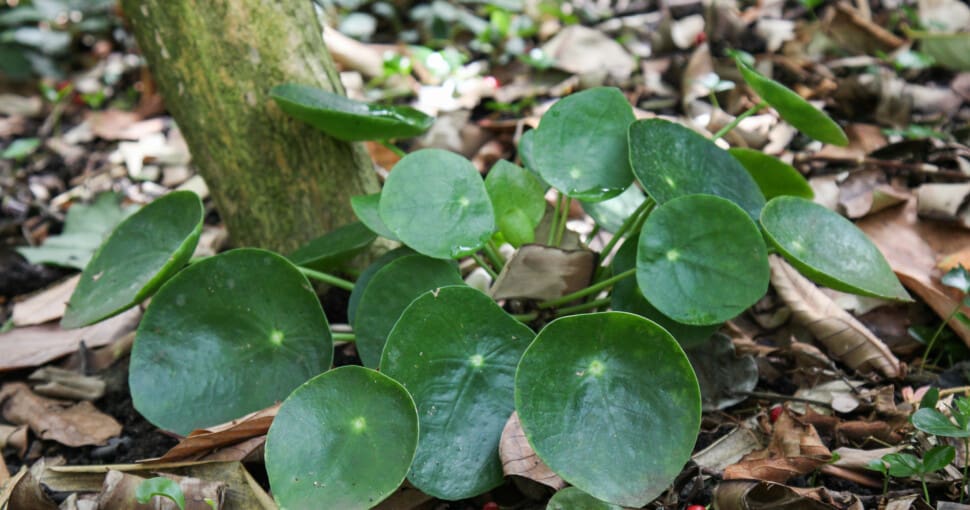Pilea peperomioides got its common name, the Chinese money plant, from its leaves which are round and shaped like coins. They have become very popular as indoor plants because they are so easy to grow. They grow quickly and soon become a large lush plant that brightens a room.
Contents
Pilea is part of the stinging nettle or Urticaceae family. It is also known as a pancake plant or missionary plant. It has an interesting history and has spread from China by amateur gardeners sharing plants.
The distinctive characteristic of Pilea is the dark green round leaves which may grow to four inches in diameter. The attachment of the petiole can be seen on the upper leaf surface. The plant is usually about twelve inches tall.
These are some plants that look similar to pilea peperomioides.
- Raindrop peperomia
- Hydrocotyle verticillate
- Nasturtiums
- Navelwort
- String of turtles
- Pilea glauca
- Wax plants
- Silver dollar plant
- Peruvian grape ivy
- October Daphne stonecrop
Related: 6 Trees That Look Like Money Tree
1. Raindrop Peperomia
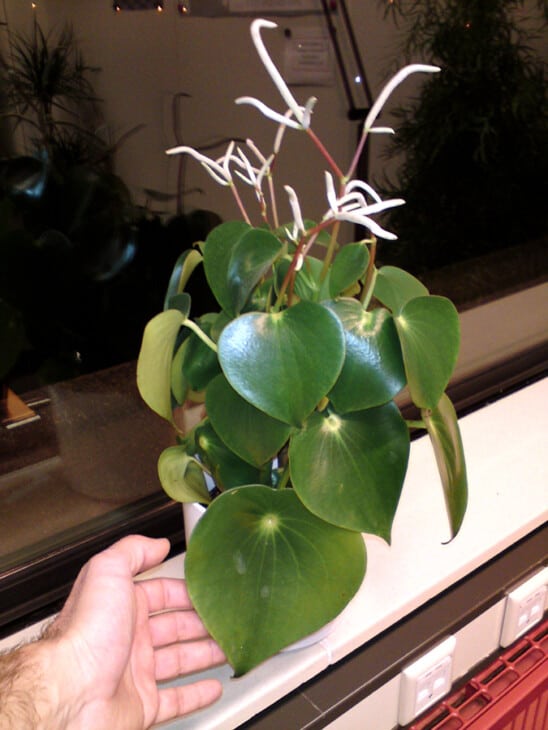
Peperomioides means ‘like peperomia,’ so it is no surprise to learn that many peperomias are similar to pilea peperomioides. Raindrop peperomia (Peperomia polybotrya) is a small plant that is easy to grow. Like pilea, they only grow to approximately twelve inches tall.
The glossy leaves are very similar to the Chinese money plant. They have a slightly elongated point at one end but, apart from this, are rounded like Pilea peperomioides. The petiole is attached at one side instead of the mostly central placement in pilea pepermioides.
Raindrop peperomia produce an unusual flower that looks like a mouse tail. Pilea peperomioides have insignificant flowers which are barely noticeable.
Related: 10 Plants That Look Like Peperomia
2. Hydrocotyle Verticillate
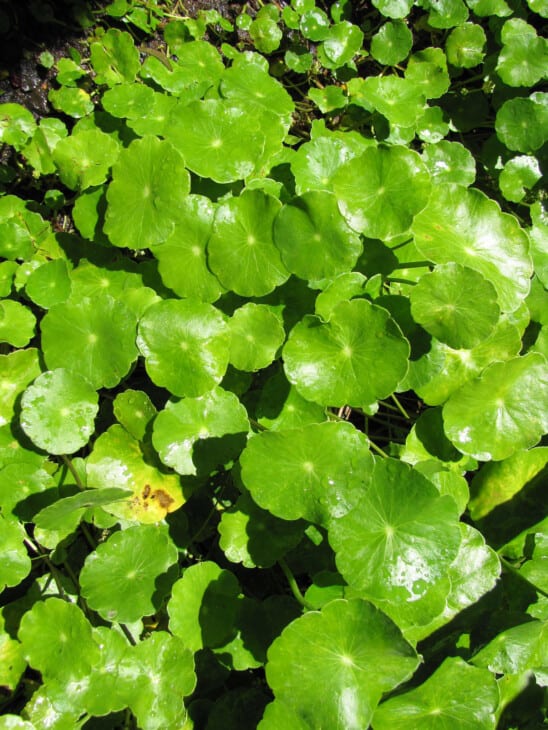
Hydrocotyle verticillate plants are known by several common names – whorled pennywort, marsh pennywort, or shield pennywort.
These plants grow in bogs, marshes, and along the edges of waterways. They are popular plants to put in aquariums.
Whorled pennyworts have round leaves like pilea peperomioides. The petiole attaches in the middle of the glossy green leaf. They produce copious numbers of leaves, forming a bushy plant or an extensive carpet of leaves.
It produces simple, round flowers that are usually white.
3. Nasturtiums
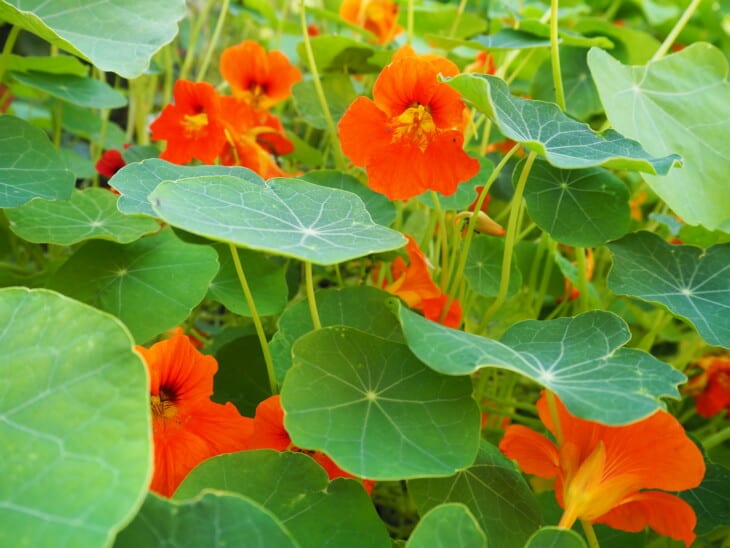
Nasturtiums (Tropaeolum spp) are flowering plants with round leaves resembling the Chinese money plant. They also have a petiole attached to the center of the leaf, which is visible on the upper surface.
Nasturtiums bear brightly colored flowers of orange, red, and yellow. There are numerous species, with the most common being Tropaeolum majus and the hardiest Tropaeolum polyphyllum.
Nasturtium grows in dry conditions in poor soil. They are popular plant alternatives for gardeners that must deal with these more hostile growing conditions.
Nasturtiums are not only popular ornamental plants but they can also be eaten. The leaves and flowers are added to salads and used as edible decorations. They have a sharp peppery taste.
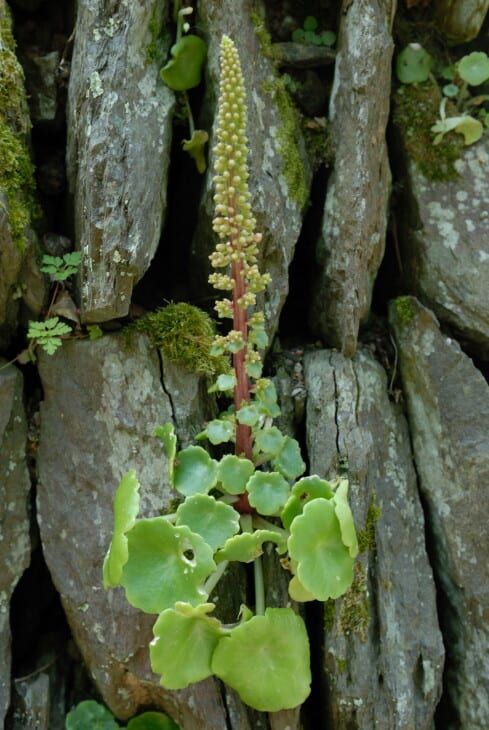
Navelwort (Umbilicus rupestris) get their name from their round leaves with a central indentation at the petiole, which resembles a navel or belly button. The succulent-type leaves enhance the effect of the indentation. The bright green leaves have undulating margins.
This fleshy perennial is drought tolerant but prefers to grow in moist shady sites. It is a good alternative for pilea peperomioides.
Navelwort produces a flower spike that has greenish-pink flowers in summer. It is a similar size to pilea, growing to nine or ten inches.
5. String Of Turtles
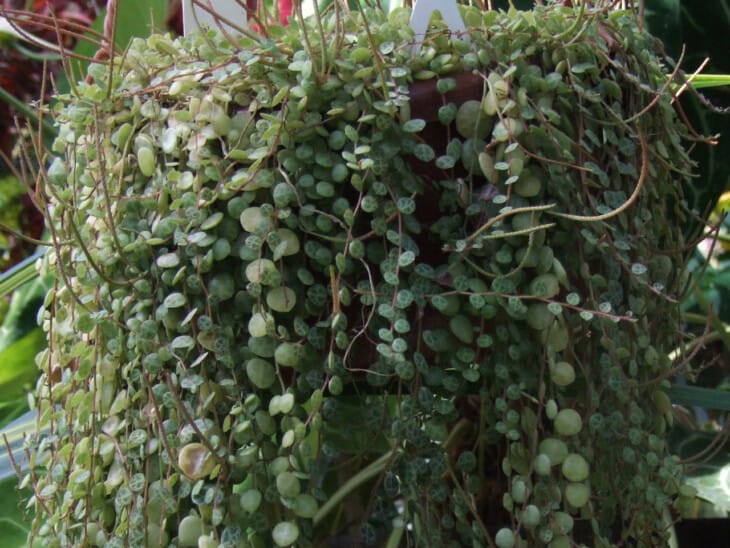
String of turtles plant (Peperomia prostrata) is sometimes called a turtle plant. They are different from many other peperomias. The leaves are round, like pilea peperomioides, and fleshy similar to succulents.
Turtle plants have small leaves joined by a creeping stem that is clearly visible and gives rise to their common name. The leaves have darker green markings, resembling those on a turtle shell.
They are tropical plants and prefer warm, humid conditions. They are popular plants to grow in bathrooms due to the heat and moisture levels.
6. Pilea Glauca
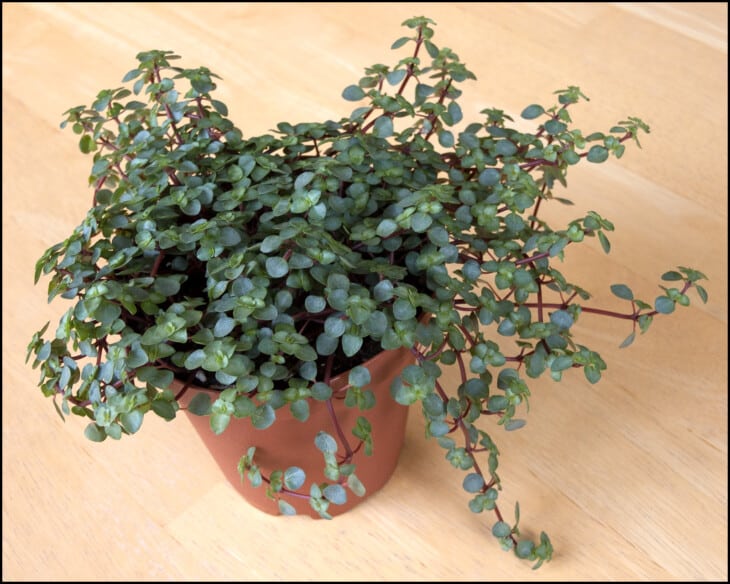
Pilea Glauca (Pilea glaucophylla) has many other names – red-stemmed pilea, gray artillery plant, silver sparkle pilea, and pilea greysy. This plant has red creeping stems and tiny round leaves that are silvery blue.
Pilea glauca grows as a ground cover in gardens. It develops a curtain of trailing stems with sparkling leaves when grown in hanging pots. The stems can grow up to three feet long. They grow in indirect light as they are native plants that grow in the undergrowth of Brazilian and Central American rainforests.
Pilea glauca is similar to pilea peperomioides, except the leaves are much smaller.
7. Wax Plants
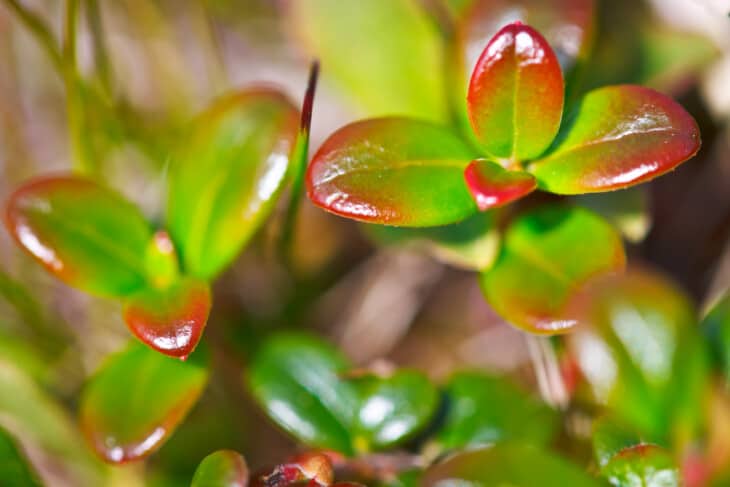
Wax plants (Hoya brevialata) are indigenous to Southeast Asia. They are also known as wax flowers or porcelain flowers. They have round leaves, resembling pilea peperomioides. The difference is that wax plant leaves are curved to resemble a spoon. The leaves’ color varies according to the cultivar or species.
Wax plants often only flower after they are one year old. The small flowers are white or cream and reddish-pink. They grow in clusters and have a sweet caramel scent.
Wax plants tolerate a wide range of temperatures but do not cope with frost or icy conditions. They are mostly grown indoors unless the climate is warm with mild winters. The plants grow well outdoors in Texas and Florida. Wax plants do best with good drainage and moist soil.
8. Silver Dollar Plant
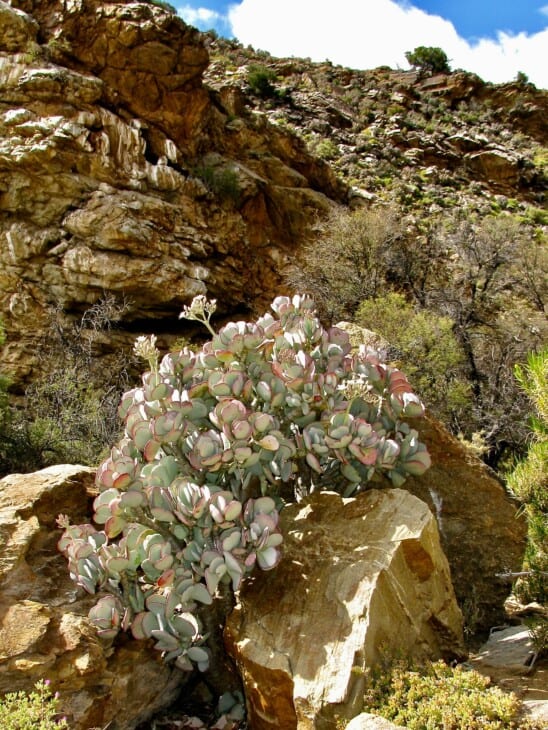
The silver dollar plant (Crassula arborescens) is also known as the silver jade plant, Chinese jade, beestebul, and the money tree. It grows indigenously in the Western Cape of South Africa. Crassula arborescence grows to two to four feet, making it bigger than pilea peperomioides.
The silver dollar plant is a succulent shrub with round gray leaves that resemble silver dollars. The leaves have red or maroon edges and sometimes have maroon speckles on the upper leaf surface. There is a very small leaf stem (petiole), or in some leaves, it is absent. The rounded leaves resemble pilea peperomioides leaves.
The silver dollar plant produces small star-like flowers that grow in dense clusters. They are white or pink and occur on the end of flower stalks. The flowers give rise to small fruit which contains seeds. The plants seed themselves and spread in this way.
9. Peruvian Grape Ivy
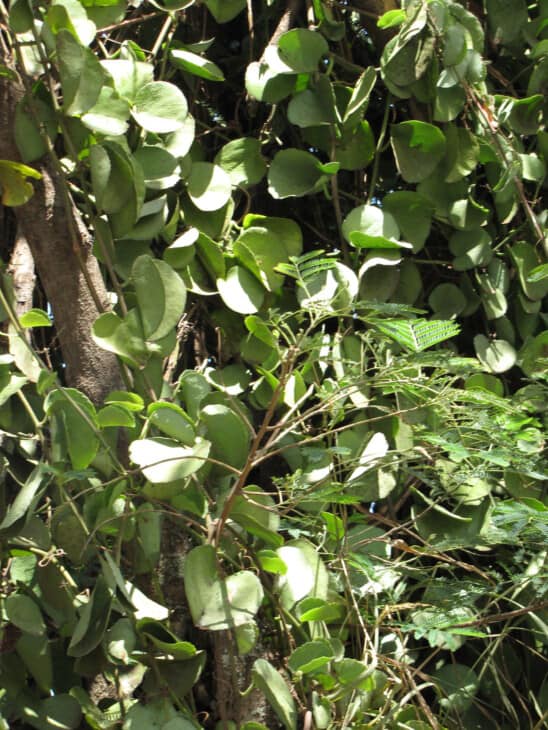
Peruvian grape ivy (Cissus rotundifolia) is a creeping or trailing plant that climbs six to twenty-five feet. It has round succulent leaves, giving rise to the Latin name rotundifolia, making it a plant that looks the same as pilea peperomioides.
The leaves are deep green with prominent midrib, which may be a lighter green or yellowish green. The greenish-yellow flowers are inconspicuous and give rise to small green berries. The berries turn red as they mature.
Peruvian grape ivy grows naturally in East Africa. It grows in full sun, dappled shade, or indirect bright light.
10. October Daphne Stonecrop
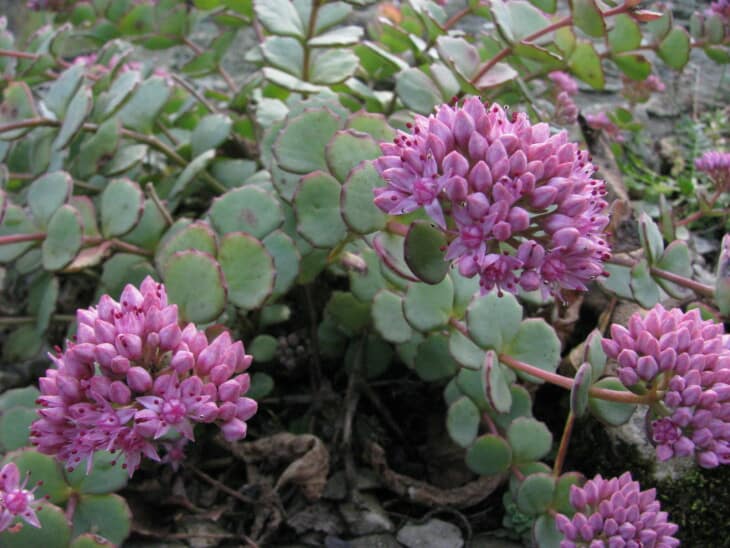
October Daphne stonecrop (Sedum sieboldii) is another succulent with round leaves that resemble pilea peperomioides. They are native to Japan but have become popular with gardeners worldwide because of their attractiveness.
The leaves are green or blue-green with undulating pink or red edging and grow in a rosette. October Daphne stonecrops bloom in fall, producing small pink star flowers in dense clusters.
Like most succulents, they prefer growing environments with good drainage. They do not like to be waterlogged and rot if they are too wet. They grow in full sun and are easy to propagate from cuttings.
October Daphne stonecrops are a good alternative plant if the growing environment is too hot and dry for pilea peperomioides.

